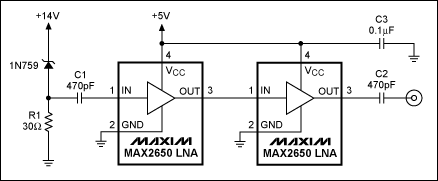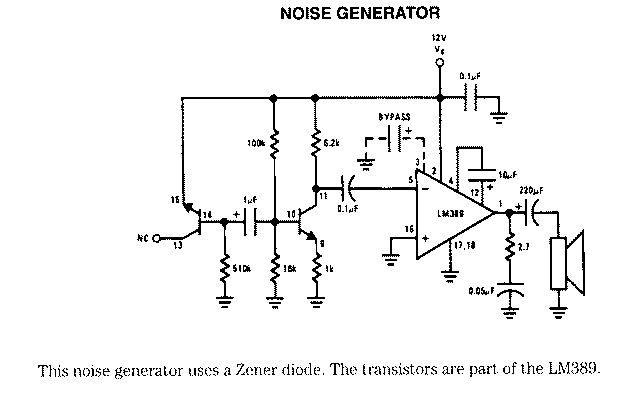anushaas
Member level 5
Which is the device which will consume that current and at what voltage range?
The diode connected in reverse will not act as costant current regulator. It is not made for that purpose. Leakage current is an undesired phenomenon depend upon tepmerature and material properties. If i ask you, are you making a noise generator t hen that would be true. Diode reverse leakage is used to input an amplifier to generate noise.
See noise geneator schmatics.


Zener diodes make more noise so they are used . And see why metal oxide resistors are made and used instead of carbon resistors.
Reverse leakage current - Wikipedia, the free encyclopedia
I need to give this pA current to an electrometer circuit so as to convert it to a measurable voltage range.
Also suitable care need to be taken to eliminate the noise.
---------- Post added at 02:11 ---------- Previous post was at 02:07 ----------
Hi,
If you see carefully the data sheet shows shows the DARK CURRENT at the specified diode voltage.
View attachment 61434
View attachment 61436
True.
I need a some 10pA and hence has given a voltage source of 10V